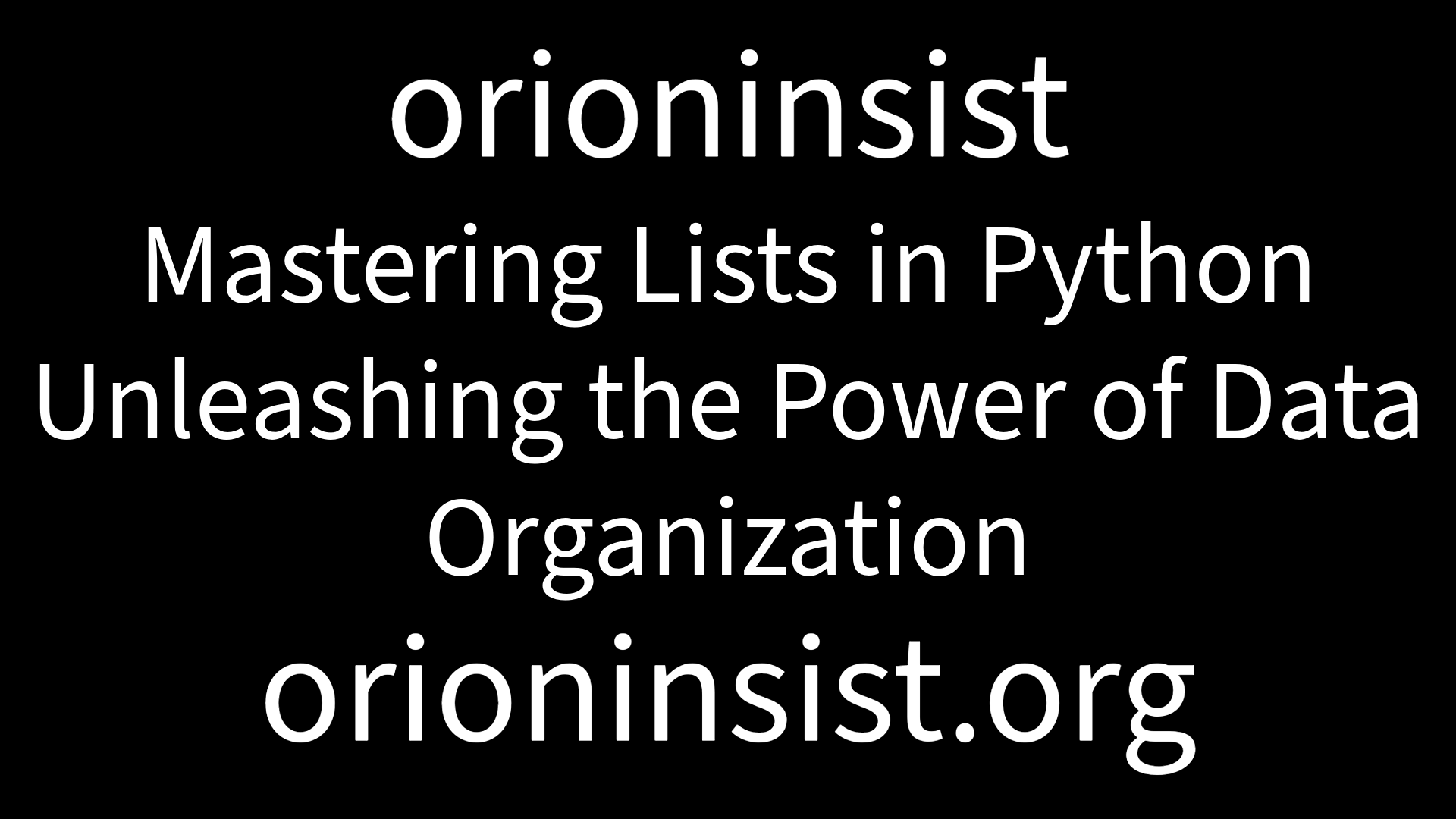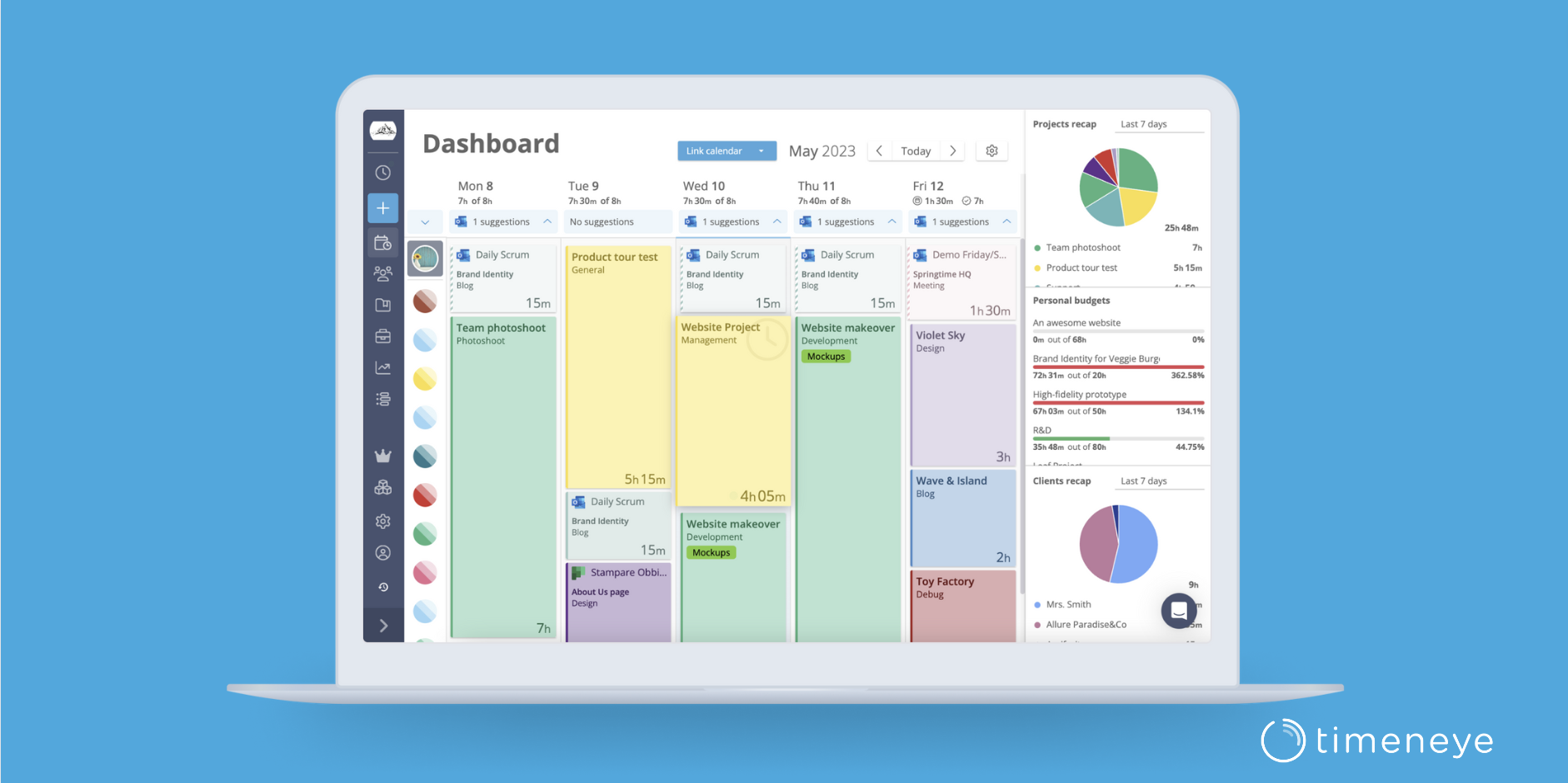Mastering Your Outlook Calendar: Unleashing The Energy Of To-Do Lists For Enhanced Productiveness
Mastering Your Outlook Calendar: Unleashing the Energy of To-Do Lists for Enhanced Productiveness
Associated Articles: Mastering Your Outlook Calendar: Unleashing the Energy of To-Do Lists for Enhanced Productiveness
Introduction
On this auspicious event, we’re delighted to delve into the intriguing matter associated to Mastering Your Outlook Calendar: Unleashing the Energy of To-Do Lists for Enhanced Productiveness. Let’s weave attention-grabbing data and supply recent views to the readers.
Desk of Content material
Mastering Your Outlook Calendar: Unleashing the Energy of To-Do Lists for Enhanced Productiveness

Microsoft Outlook, removed from being simply an electronic mail consumer and calendar software, is a robust productiveness suite. One typically missed but extremely helpful function is its built-in to-do checklist performance, seamlessly interwoven with the calendar. By mastering this function, you possibly can considerably enhance your time administration, activity prioritization, and general productiveness. This text delves into the intricacies of utilizing Outlook’s to-do lists, offering a complete information for each novice and skilled customers.
Past Easy Checklists: Understanding Outlook’s To-Do Listing Capabilities
The standard to-do checklist is a straightforward checklist of duties. Outlook’s to-do checklist, nonetheless, transcends this fundamental performance. It gives options that permit for superior activity administration, together with:
-
Integration with the Calendar: That is arguably essentially the most important benefit. Duties might be scheduled, linked to calendar occasions, and visually represented alongside your appointments, offering a holistic view of your day and week. This eliminates the necessity to swap between separate purposes or lists.
-
Categorization and Prioritization: Assign classes (e.g., "Work," "Private," "Tasks") and priorities (excessive, regular, low) to duties, permitting for environment friendly filtering and specializing in essentially the most essential objects.
-
Due Dates and Reminders: Set due dates for duties and configure reminders to make sure well timed completion. Customise reminder settings for various duties primarily based on their significance and urgency.
-
Flagging and Comply with-up: Flag vital duties for fast identification. The follow-up function permits you to defer duties to a later date, guaranteeing they do not fall by way of the cracks.
-
Activity Task and Delegation: In shared environments, delegate duties to colleagues and monitor their progress. This fosters collaboration and accountability.
-
Customizable Views: Tailor your to-do checklist view to fit your preferences, displaying duties by due date, precedence, class, or any mixture thereof.
-
Search Performance: Shortly find particular duties utilizing Outlook’s highly effective search capabilities. That is notably useful when managing a lot of duties.
Setting Up and Using Your Outlook To-Do Listing
Getting began with Outlook’s to-do checklist is simple. The precise steps might differ barely relying in your Outlook model (desktop, net, cellular), however the core functionalities stay constant.
-
Accessing the To-Do Listing: Usually, you may discover the to-do checklist as a separate tab or pane throughout the Outlook software. It may be labeled "Duties," "To-Do," or one thing comparable.
-
Making a New Activity: Click on "New Activity" to create a brand new entry. Present a descriptive activity title, set a due date and time, assign a precedence, and add any related notes or attachments.
-
Scheduling Duties: Hyperlink duties to particular calendar occasions. For instance, you probably have a gathering scheduled, you possibly can create a activity associated to making ready for that assembly and hyperlink it to the calendar occasion. This ensures you are reminded to finish the duty earlier than the assembly.
-
Using Classes and Flags: Categorize duties to group comparable objects (e.g., "Consumer A," "Venture X"). Use flags to spotlight pressing or vital duties. This visible cue helps prioritize your workload.
-
Setting Reminders: Set reminders for duties to make sure you do not miss deadlines. Select the suitable time earlier than the due date to obtain the reminder.
-
Customizing Views: Experiment with completely different views to search out the format that most closely fits your workflow. You’ll be able to type duties by due date, precedence, or class.
-
Utilizing the Comply with-Up Function: Defer duties that can not be accomplished instantly utilizing the follow-up function. This ensures you revisit them later with out forgetting.
Superior Methods for Maximizing Productiveness
Past the fundamental functionalities, a number of superior methods can additional improve your productiveness:
-
Creating Recurring Duties: Automate repetitive duties by setting them to recur each day, weekly, month-to-month, or primarily based on a customized schedule. That is notably helpful for recurring conferences, stories, or private chores.
-
Using Activity Teams: Arrange duties into teams to handle complicated initiatives or a number of areas of duty. This offers a hierarchical construction for higher activity administration.
-
Integrating with Different Purposes: Join Outlook with different productiveness instruments to streamline your workflow. For instance, hyperlink duties to mission administration software program or CRM methods for a unified view of your work.
-
Leveraging Outlook Guidelines: Automate activity creation and administration utilizing Outlook guidelines. For instance, create a rule that mechanically creates a activity when a particular electronic mail is acquired.
-
Using Shared Activity Lists: Collaborate with colleagues by sharing activity lists. This fosters teamwork and accountability. Assign duties, monitor progress, and guarantee everyone seems to be on the identical web page.
-
Common Assessment and Adjustment: Recurrently assessment your to-do checklist to make sure it stays correct and up-to-date. Alter priorities, deadlines, and activity assignments as wanted to adapt to altering circumstances.
Overcoming Widespread Challenges and Troubleshooting Ideas
Whereas Outlook’s to-do checklist is a robust software, some challenges might come up:
-
Overwhelm: A protracted, unorganized to-do checklist might be overwhelming. Break down massive duties into smaller, extra manageable sub-tasks. Prioritize duties primarily based on urgency and significance.
-
Missed Deadlines: Set practical deadlines and make the most of reminder options successfully. Recurrently assessment your to-do checklist to remain on monitor.
-
Lack of Integration: Guarantee your to-do checklist is correctly built-in along with your calendar and different purposes for a seamless workflow.
-
Inconsistent Use: Constant use is vital to reaping the advantages of Outlook’s to-do checklist. Make it a behavior to replace your checklist often.
Conclusion: Embracing the Energy of Built-in Activity Administration
Outlook’s built-in to-do checklist is a robust software that may considerably improve your productiveness. By mastering its options and using efficient methods, you possibly can remodel your activity administration from a chaotic battle to a streamlined, environment friendly course of. From easy checklists to complicated mission administration, Outlook’s to-do checklist gives the flexibleness and energy to adapt to your particular person wants and workflow, empowering you to realize extra and handle your time successfully. Embrace the facility of integration and unlock your full potential with Outlook’s complete activity administration capabilities. Do not forget that constant use and adaptation are key to maximizing its advantages and remodeling your productiveness.








Closure
Thus, we hope this text has offered helpful insights into Mastering Your Outlook Calendar: Unleashing the Energy of To-Do Lists for Enhanced Productiveness. We thanks for taking the time to learn this text. See you in our subsequent article!
Leave a Reply